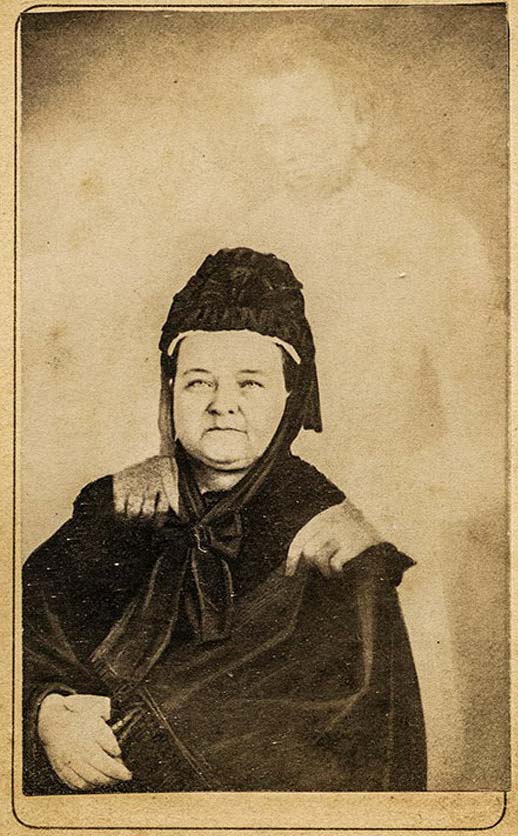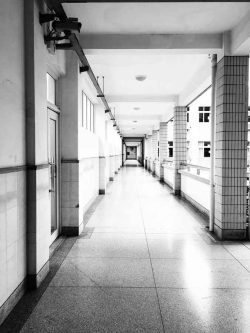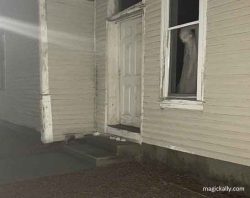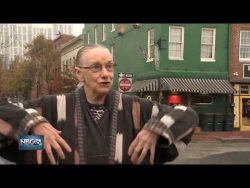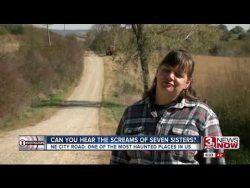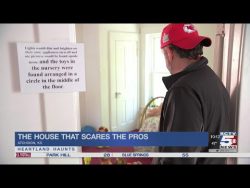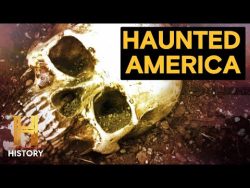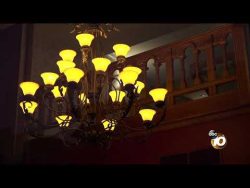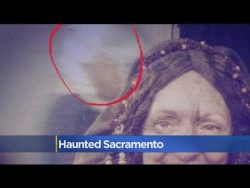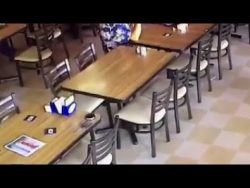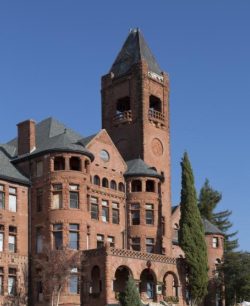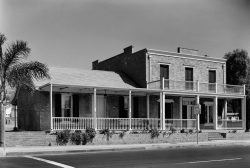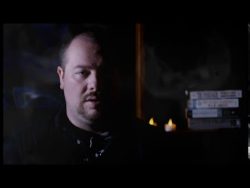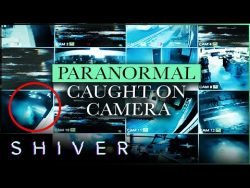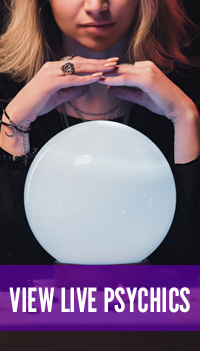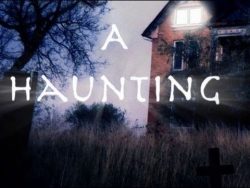Ghost of Abraham Lincoln Caught on Camera
The photograph of Abraham Lincoln’s ghost has fascinated and mystified people for over a century. It stands as one of the most iconic and perplexing images in the realm of paranormal photography, blending history, mystery, and the unexplained into a single, chilling image.
But what makes this photograph so compelling, and what are the truths, myths, and theories behind it?
Historical Context: A Nation in Mourning
To understand the significance of the photograph, it’s important to first appreciate the context in which it was taken. The image, often referred to as “The Ghost of Abraham Lincoln,” was captured in the 1920s by photographer Richard W. Sears in the White House during a séance.
The photograph shows the ghostly, almost ethereal image of Lincoln standing behind his widow, Mary Todd Lincoln, at a séance that was reportedly held to try and contact the late president.
At the time, the United States had already experienced nearly six decades of separation from the assassination of Abraham Lincoln, which took place on April 14, 1865, at Ford’s Theatre in Washington, D.C.
The death of the president sent the nation into deep mourning, and his memory lived on in countless stories, myths, and legends, many of which centered around his alleged ghost sightings in the years after his death.
The idea of Lincoln’s ghost, particularly in connection to the White House, had become widely known long before Sears’ photograph. Accounts of Lincoln’s ghost haunting the executive mansion began circulating as early as the 19th century.
The most famous story involves the sightings by several first ladies and members of the White House staff, who claimed to have seen Lincoln’s apparition walking through the halls or standing at windows, looking out over the nation he had once led.
The Photograph: A Chilling Vision
The photograph itself, with its eerie, translucent figure appearing in the background of a séance, became an instant sensation. It was taken at a time when photographic technology was advancing rapidly, but the manipulation of photos to create ghostly images was still relatively new to the public.
The séance was attended by Mary Todd Lincoln’s great-grandniece, as well as other witnesses, and Sears—who was known for his interest in spiritualism—was reportedly focused on capturing the phenomenon of communication with the dead.
In the photograph, the figure of Lincoln is seen hovering behind Mary Todd Lincoln, his face slightly obscured and features blurred. The ghostly figure has a spectral glow, further contributing to the feeling of mystery.
The image was published in various newspapers and quickly became a subject of intense debate. Some were convinced that it was the genuine spirit of Lincoln, while others were skeptical, believing it to be an elaborate hoax or an optical illusion created by camera flaws, lighting, or double exposure.
The Theories: Truth or Trickery?
For over a century, the debate surrounding the authenticity of the photograph has persisted. Several theories have been proposed to explain the apparition seen in the picture.
Some suggest that it could have been the result of a double exposure, a photographic technique where two images are combined in a single frame, creating the illusion of a ghostly figure. This was a known practice in early photography, but whether it was done intentionally or accidentally remains unclear.
Another theory is that the image was created through intentional manipulation or photographic trickery. Richard W. Sears, the photographer, had a reputation for his involvement in the spiritualist movement, which sought to communicate with the deceased through séances.
Some argue that he may have staged the photograph to capitalize on public interest in Lincoln’s ghost, knowing that the image would create a stir.
Despite these theories, there are also those who believe the image is genuine, claiming that the appearance of Lincoln’s ghost in the photograph was the result of a supernatural manifestation.
Supporters of this theory point to the presence of Mary Todd Lincoln in the photograph, suggesting that it may have been her strong emotional connection to her late husband that caused his spirit to appear.
The fact that the image was taken at a séance—an event believed to open a channel to the spiritual realm—adds an element of intrigue to this theory.
The Enduring Legacy
Whether or not the photograph of Abraham Lincoln’s ghost is genuine, it continues to captivate the public’s imagination. The image has become a symbol of the enduring power of historical memory and the mysteries that remain unsolved, even more than a century later.
It speaks to our fascination with the past, with the spirits of those who have shaped history, and with the lingering questions about what happens after death.
The ghostly figure of Lincoln in the photograph invites us to contemplate the notion that the spirits of great figures, like the 16th president of the United States, may continue to haunt the places they once inhabited.
It evokes a sense of wonder and unease, blending the real with the supernatural in a way that few photographs have managed to do.
As with many paranormal phenomena, the photograph of Abraham Lincoln’s ghost resists definitive explanation. Whether you believe it to be an optical illusion, a photographic trick, or an actual glimpse into the spirit world, it remains a fascinating and timeless part of both American history and ghost lore.
In the end, the mystery surrounding Lincoln’s ghostly photograph serves as a testament to the enduring power of stories and images to spark our imagination and confront us with the unknown.
